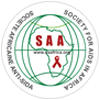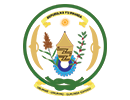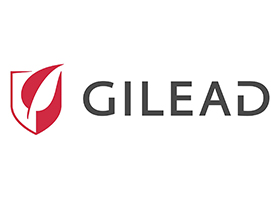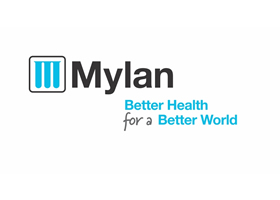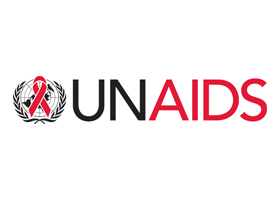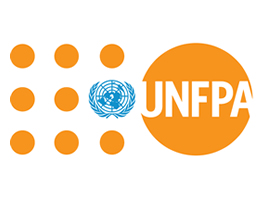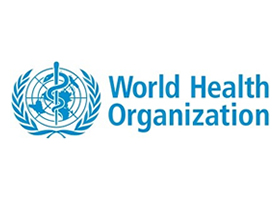Room: AD10
Reporter: Uwimana Lorraine and Irakoze Shyaka Christelle
Teodora Wi, Medical Officer, Sexually transmitted infections at the World Health Organisation, made a presentation on Burden of STIs, challenges and priorities in STI Control. She stated that sexual transmitted infections is caused by >30 pathogens transmissible during sexual activity. More than 1 million STIs acquired every day. WHO estimates that 376 million new cases of curable sexual transmitted infections in 2016 were among 15-49 year-olds. Sexually transmitted infection have a range of adverse effects on sexual and reproductive health including cancer, adverse effect on pregnancy, infertility, increase HIV risk and effect on the quality of life.
Challenges with Sexually transmitted infection control include asymptomatic infection, limited tools for sexually transmitted infection control, limited scale- up of screening programs and interventions, antimicrobial resistance, behavioral and social factor that promote continuing infection, low condom use and stigma and discrimination. A way forward is to invest in STI care, integrate STI services, expedite partner management, address antimicrobial resistance especially for Neisseria gonorrhea, scale up HPV vaccine and promote condoms access and use as this remain essential for HIV/ STI prevention. Dr Léopold OUEDRAOGO of WHO/AFRO presented on implementation framework for the African Region of the Global Health Sector Strategy on Sexually Transmitted Infections. He highlighted that the strategy draws on three overarching frameworks: Universal Health Coverage, Continuum of services relating to STIs and Public health approach.
The public health approach is concerned with preventing disease, promoting health and ensuring quality of life among the population. This required the use of standardized, simplified protocols and guidance; decentralized service delivery; focus on equity; community participation; and ensuring services are free or affordable. The three priority areas of intervention are Gonorrhoea (risk of resistance and untreatable gonorrhea), Syphilis (elimination of congenital syphilis) and human papillomavirus vaccination. The vision is zero new STI infections, zero STI-related deaths and zero discrimination in a world where everybody has free and easy access to prevention and treatment services for STIs. The goal is ending STIs epidemics as major public health concerns.
Milestones to be achieved by 2021 is that 70% of countries have STIs surveillance systems in place; at least 95% of pregnant women screened for HIV and syphilis; 95% of syphilis-seropositive pregnant women treated with at least one dose of IM benzathine penicillin or other effective regimen. Also, HPV vaccines delivering through the national immunization programme; and 70% of key populations for HIV having access to a full range of services relevant to STIs and HIV. The current gap is the low coverage with services. Populations to be reached include adolescent, key populations, pregnant women and STI patients. Access to services is still a challenge. Also, there are no financing scheme supporting the initiative.
Bidia Deperthes, Senior HIV Prevention Advisor, UNFPA, presented about Innovative communication: condoms, advocacy & reducing stigma. She informed the audience that condoms are the heart of STIs and HIV prevention. Male and female condoms are the only barrier methods that simultaneously protect sexual partners against STIs, HIV and unintended pregnancy. There are 357 million curable STIs a year. She discussed about the social, psychological and physical consequences of STIs.


